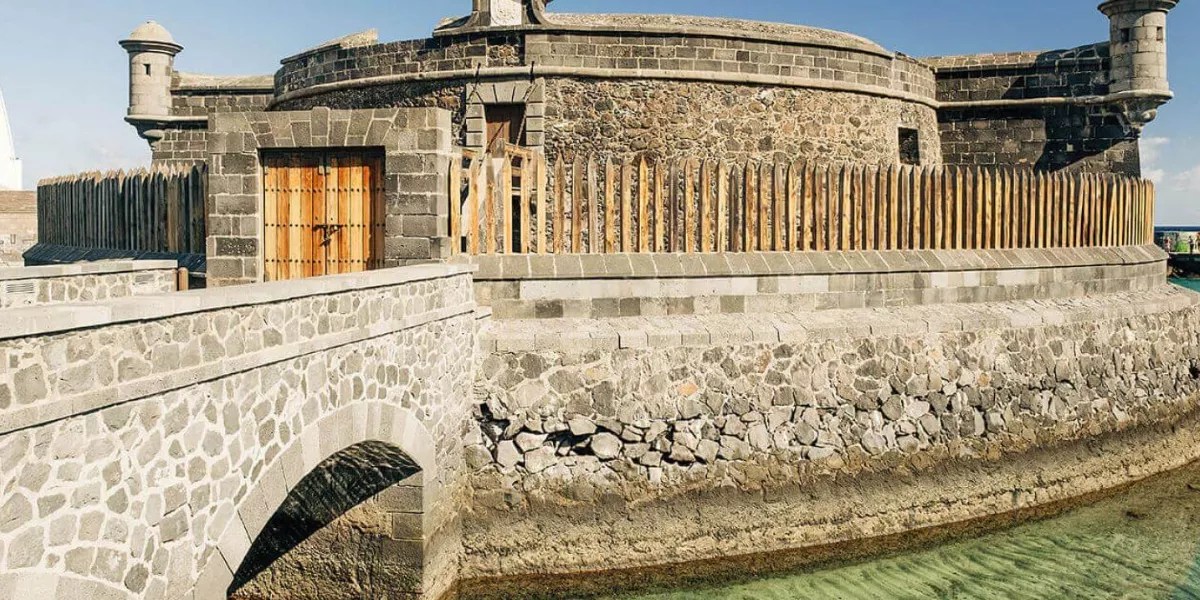It all commenced during the previous academic year, coinciding with the 75th anniversary of the arrival of the image of María Auxiliadora at the Los Salesianos school chapel. The educational establishment had celebrated its 75 years in La Orotava the year before.
To commemorate this occasion, Bernabé Arjona, the head of the Salesian House at that time, initiated the project to create a sculpture of the Virgin in a prominent and public locale within the town, aiming to showcase the community’s connection with this religious organisation and to strengthen the devotion among its residents.
The concept was to utilise the FABLAB, a digital 3D design and printing laboratory that enables individuals to materialise any creative idea. In this space, students employ iPads to devise their initial designs, and from this point, the remaining creative workflow unfolds.
In this laboratory, integral to the institution’s educational framework, there’s an emphasis on new technologies to ensure digital proficiency and enhance the teaching experience. Its outward impact is also noteworthy, as trophies presented during the Cross María Auxiliadora are designed and produced there.
The project was executed by students in their third and fourth years of ESO, although other students contributed at various points. The endeavour slowed down during summer but was invigorated at the start of this academic year.
The initial phase involved scanning the original statue and creating a digital model of the Virgin. Given the scale of the project, external assistance was sought, with a company and parents from the school who specialise in 3D printing supporting the fabrication of the various segments of the sculpture, produced using a material called PTG through 3D printing.
Once assembled, the pieces were reinforced with concrete and steel, and the students concentrated on finishing touches, applying various resin patinas to ensure durability and protect against weather conditions.
The final stage involved painting and applying satin varnishes, akin to those used in automotive repair workshops. The outcome was a sculpture standing at 1.50 metres tall, seated on a base measuring 1.80 metres, culminating in a monument that reaches 3.30 metres.
“This entire process was developed at the College under the guidance of Isidro Portocarrero, a teacher of plastic and visual education at Salesiano San Isidro Labrador school, and it marks the first sculpture of this type of material and technique in the Valley of La Orotava,” explains Ana Belén Martín Ponce, the school’s director.
The collaboration for this initiative extended to other private entities and individuals who, anonymously and generously, contributed to making this project a reality, including the City of La Orotava, which facilitated its placement.

An Overview of the Entire Municipality
In this vein, the director affirms that the site was proposed to the educational community. “We envisioned it to be near the centre while simultaneously serving as a welcoming element or vantage point towards the town. La Orotava extends from the San Sebastián plain, which is the square where it is situated, ascending towards what we refer to as the south, as this direction looks towards the Teide. The intention was to position it in such a way that the Virgin could gaze over the entire municipality,” explains Martín.
Moreover, the significant events occurring within the municipality, such as the pilgrimage in honour of San Isidro Labrador and Santa María de la Cabeza, take place nearby; thus, “it also acts as a point of reference for individuals seeking to locate it whenever the town celebrates its festivities,” she adds.















